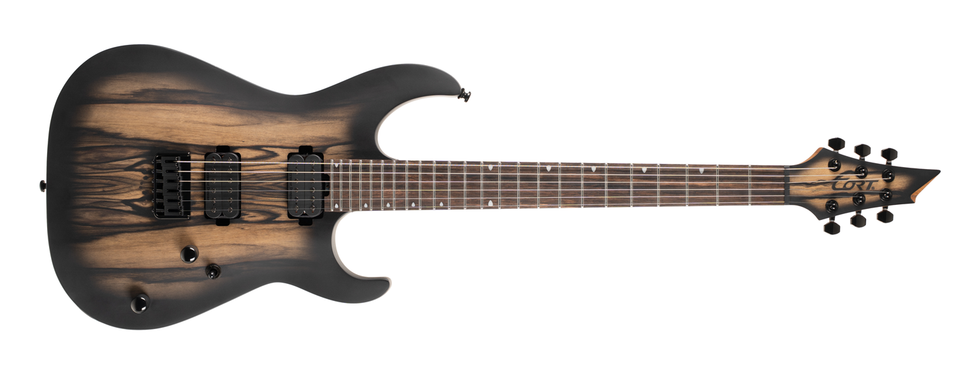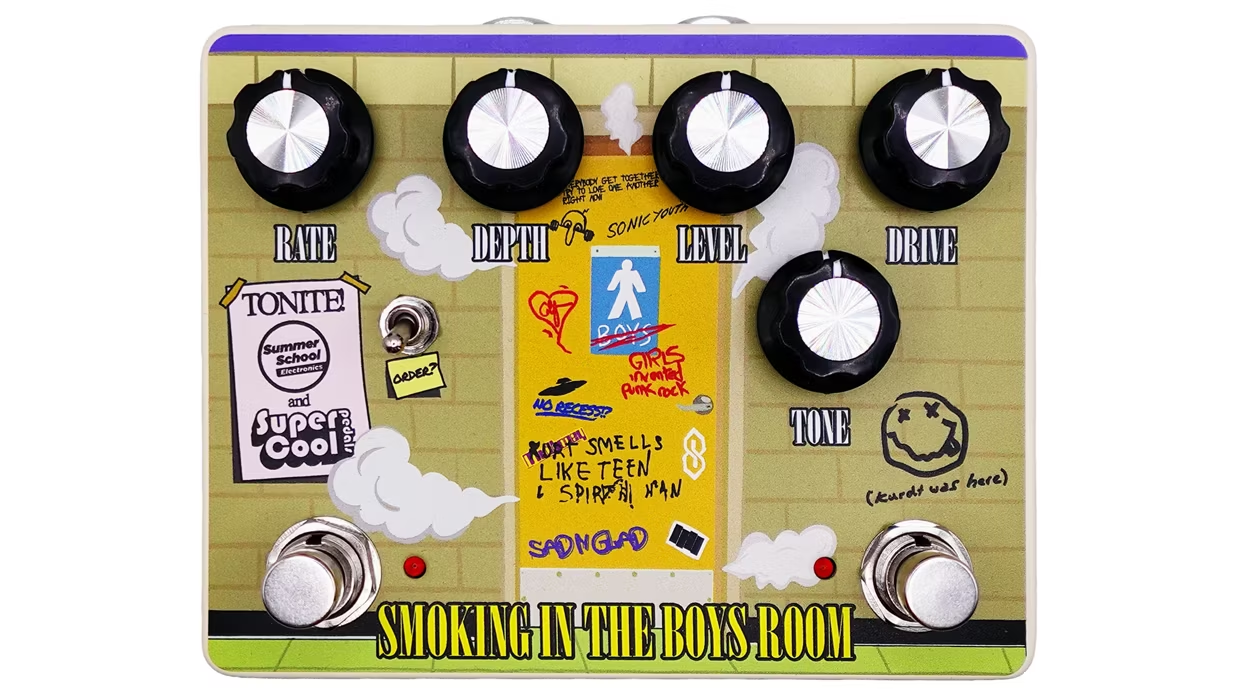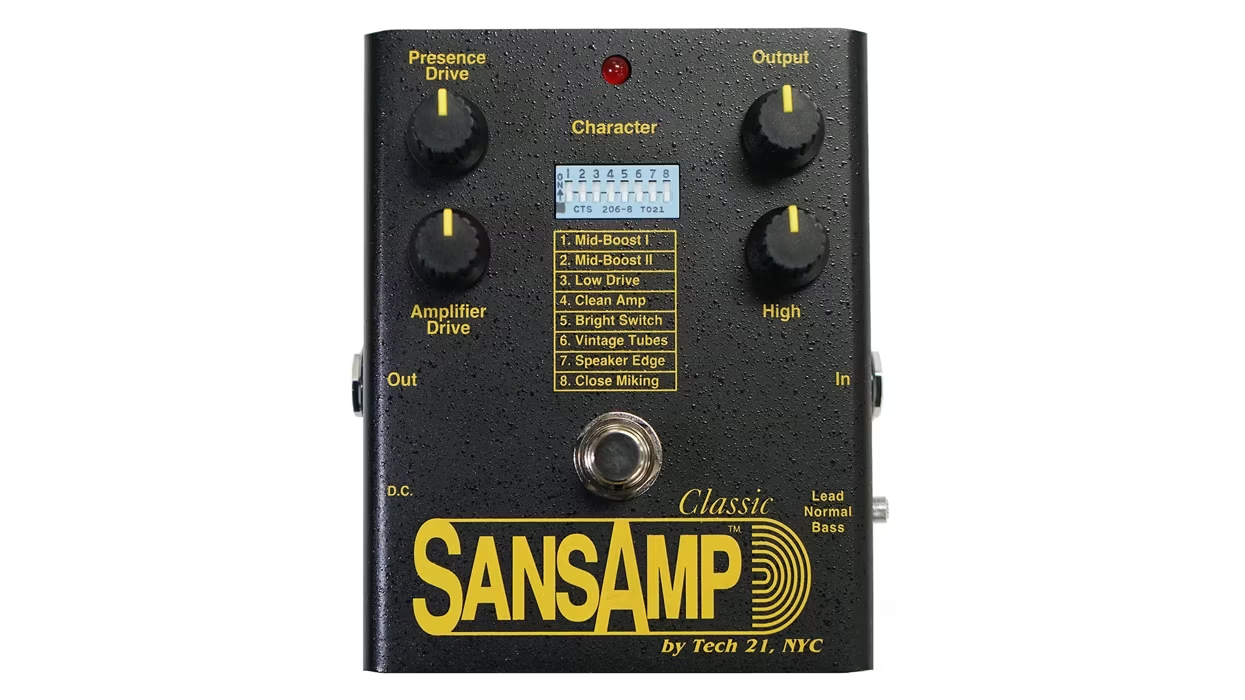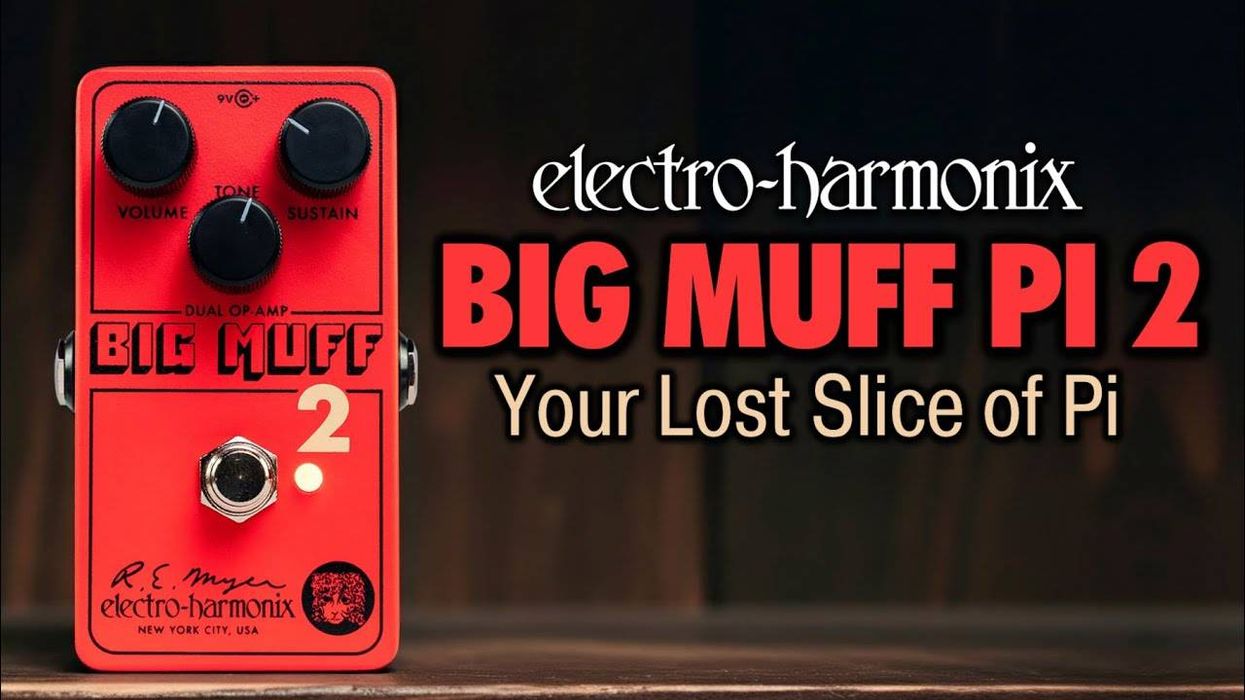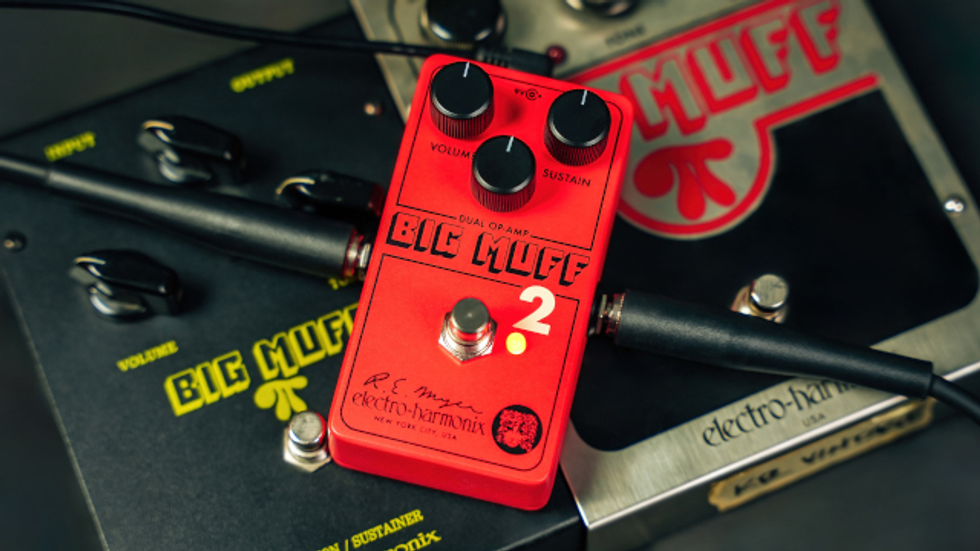Developed in partnership with Gibson Custom, the Inspired by Gibson Custom Collection expands with these recreations of legendary instruments for every stage.
“While you can still get all the same beloved Epiphone instruments at the same affordable price points, the new Epiphone Inspired by Gibson Custom line appeals to those who want the historic and premium specs that our Custom Shop fans love. I am proud to say that this new line of instruments represents a true collaboration of our USA teams and our overseas teams in every sense. Collectively, we made sure every possible upgrade was included so that these would become the new crown jewels of our Epiphone range.”
--Mat Koehler, Vice President of Product at Gibson
1959 Les Paul Standard
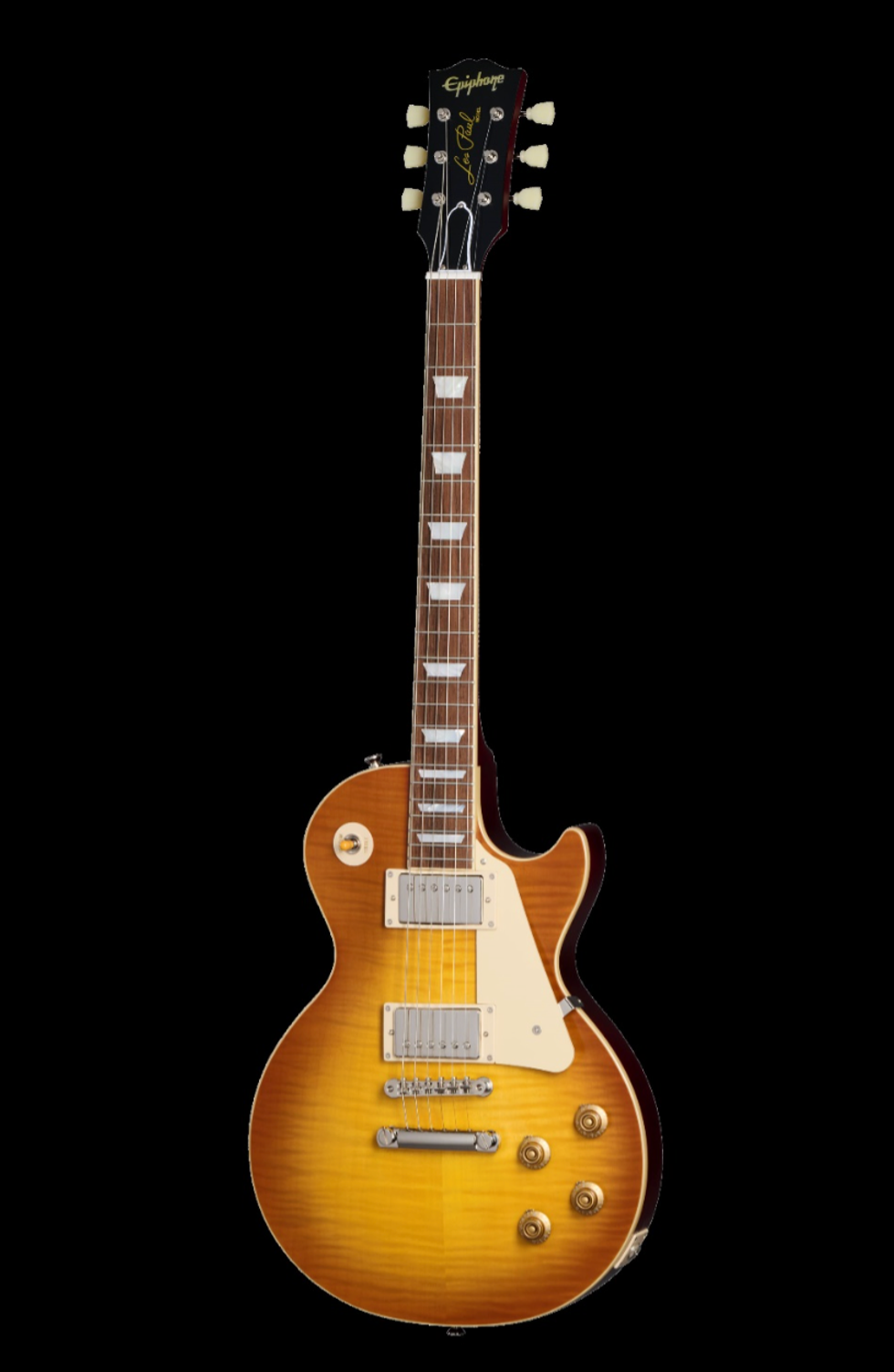
Made in collaboration with Gibson Custom, the Epiphone 1959 Les Paul Standard is Epiphone’s incredible recreation of the rare vintage classic, updated to be more authentic and truer to the originals than ever. It features a mahogany body with a maple top with a AAA flame maple veneer, a one-piece mahogany Gibson Custom LP Custom Profile neck with a comfortable ’59 rounded, medium C profile, long neck tenon, and Gibson-style “open book” R9 headstock shape, VOS (Vintage Original Sheen) finish, USA Gibson Custombucker humbucking pickups, Switchcraft pickup selector switch and 1/4” output jack, CTS pots, 50s era wiring, Mallory™ capacitors, non-beveled pickguard, Epiphone Deluxe vintage tuners with Keystone buttons, and a vintage-style brown and pink hardshell case. The Epiphone 1959Les Paul™ Standard is available in a Factory Burst, Tobacco Burst, and Iced Tea Burst finishes. Play one today and prepare to be amazed!
1942 Banner J-45
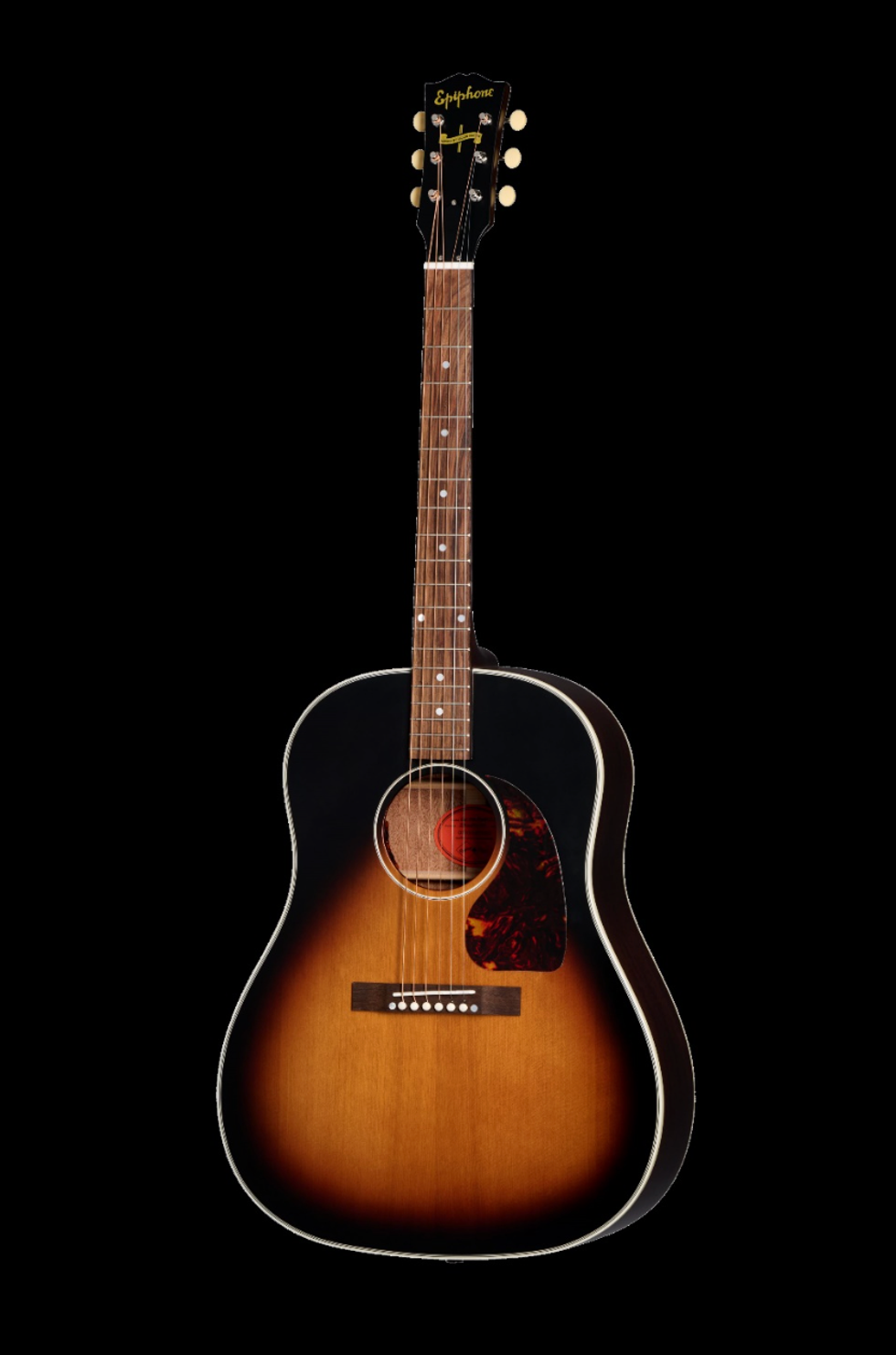
Epiphone, in partnership with Gibson acoustic in Bozeman, Montana, is proud to introduce the Epiphone 1942 Banner J-45™, an incredible recreation of the legendary original “Workhorse” model from 1942. This exceptional acoustic guitar has a thermally aged, solid red spruce top, solid mahogany back and sides, and a one-piece mahogany neck with a laurel fretboard, a V-shaped profile, and mother-of-pearl dot inlays. The headstock features the world-famous Gibson “open book” profile, the Inspired by Gibson Custom double diamond logo etched on the back, and an“ Epiphone Inspired by Gibson” banner on the front. It is stage and studio-ready with the built-in L.R.Baggs™ VTC preamp and under-saddle piezo pickup system and a hardshell case with the Inspired by Gibson Custom logo is also included. The Epiphone 1942 Banner J-45 is available worldwide in Antique Natural and Vintage Sunburst.
Les Paul Custom
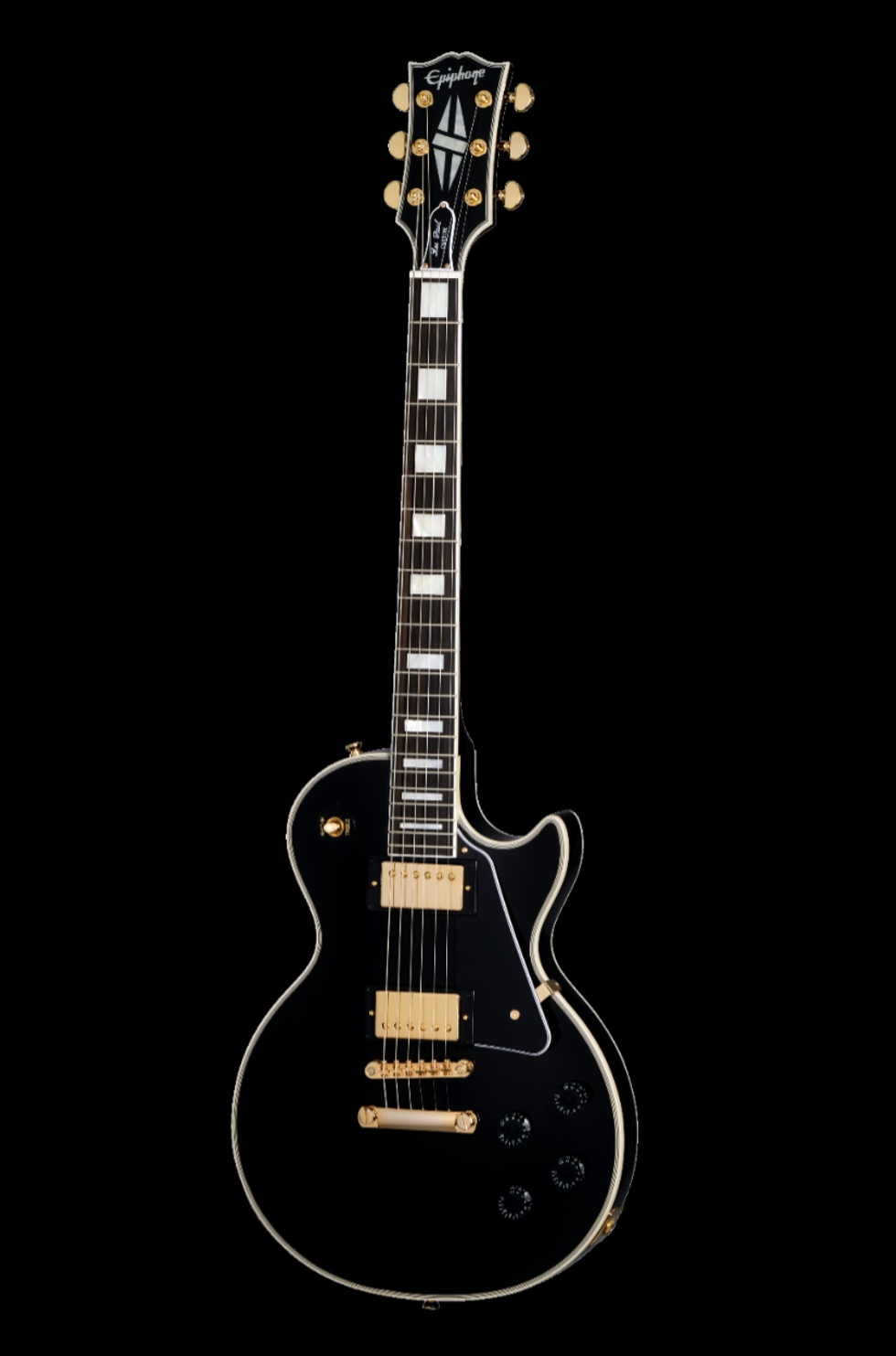
As part of the ongoing collaboration with Gibson Custom, Epiphone is proud to introduce the flagship Les Paul Custom to the Inspired by Gibson Custom lineup. Replete with all of the classy “tuxedo” appointments that the model is known for, this beautiful guitar has a one-piece mahogany Custom Shop LP Custom Profile neck with a 50s Rounded C profile, an ebony fretboard, and mother-of-pearl block fretboard inlays. There are also mother-of-pearl split diamond and Epiphone logo headstock inlays on the Gibson-style “open book” headstock. Gold hardware, including Grover® Rotomatic® 18:1 gear ratio tuners, gives it even more visual appeal. The solid mahogany body has a maple cap for a touch of added sonic bite, while the Gibson USA 490R and 498T pickups provide tonal sophistication and plenty of muscle to back up all the beauty. They’re hand-wired to CTS® potentiometers, a Switchcraft output jack and pickup selector switch, and Mallory™ capacitors. The Epiphone Les Paul Custom is available worldwide in Ebony and Alpine White finishes. An Inspired by Gibson Custom double diamond logo is on the back of the headstock, and a black hardshell case with the Inspired by GibsonCustom logo and a goldenrod interior is also included.
1959 ES-335
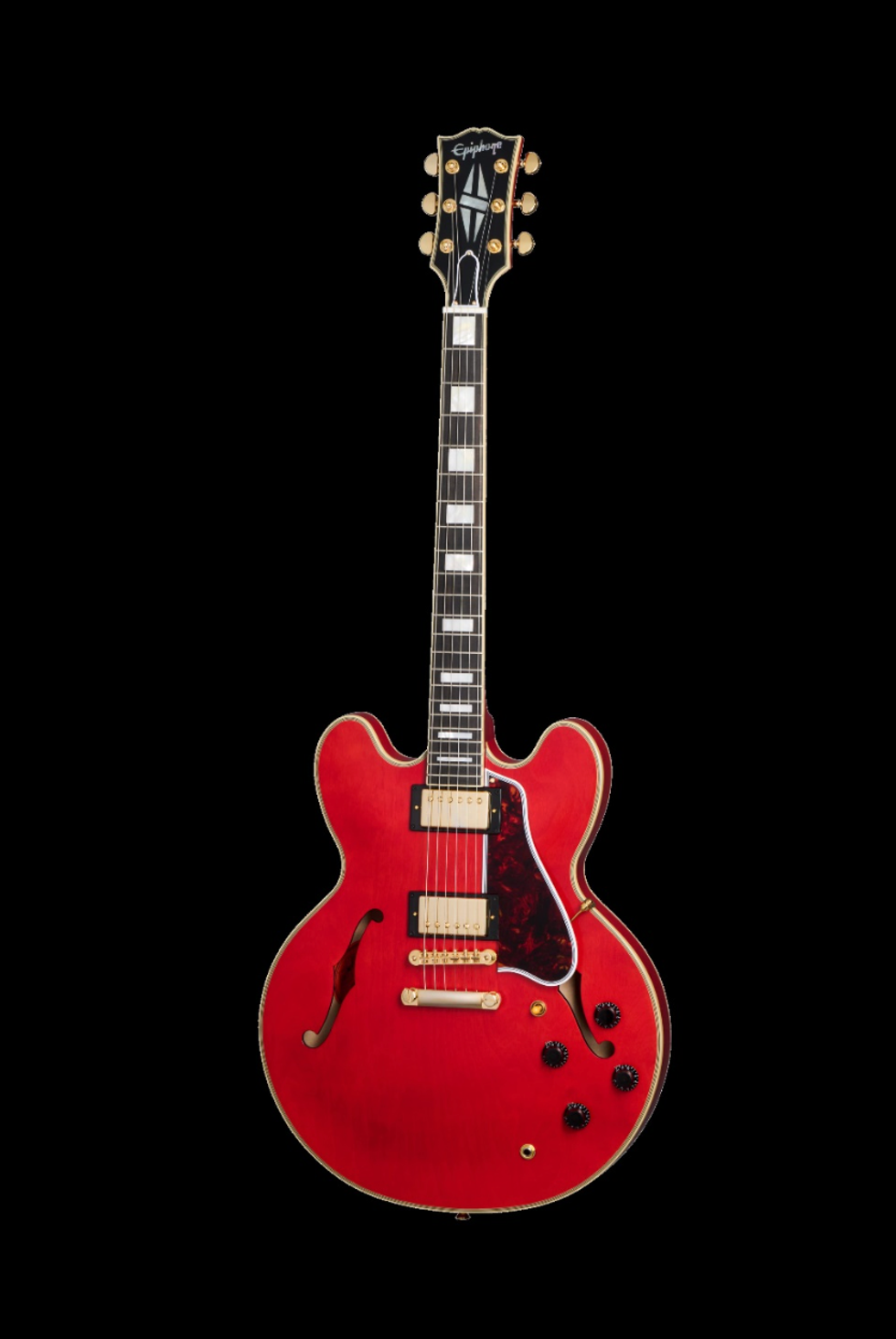
In partnership with Gibson Custom, Epiphone is proud to release the 1959 ES-355, a stunning recreation of the preeminent ES model from the legendary class of 1959. It’s the top-of-the-line ES model in all its glory, from the dimensions to the contours to the precise inlay patterns and sonic experience. The 1959 ES-355 features a 5-ply layered maple/poplar body with a solid maple centerblock for sustain and feedback resistance, a one-piece mahogany neck with a 50s RoundedMedium C profile, and an ebony fretboard that is adorned with block mother of pearl inlays. The Gibson-style “open book” headstock features the Split Diamond and Epiphone logo inlays in mother of pearl, along with gold Grover Rotomatic tuners and the Inspired by Gibson double diamond logo etched on the back. The 1959 ES-355 is powered by a pair of USA GibsonCustombuckers that are hand-wired to CTS potentiometers, Mallory capacitors, and a Switchcraft pickup selector switch and output jack. The Epiphone 1959 ES-355 is available worldwide in Cherry Red and Classic White, and an exclusive Ebony finish is available on www.epiphone.com. A brown and pink hardshell case with the Inspired by Gibson Custom logo is also included.
J-180 LS
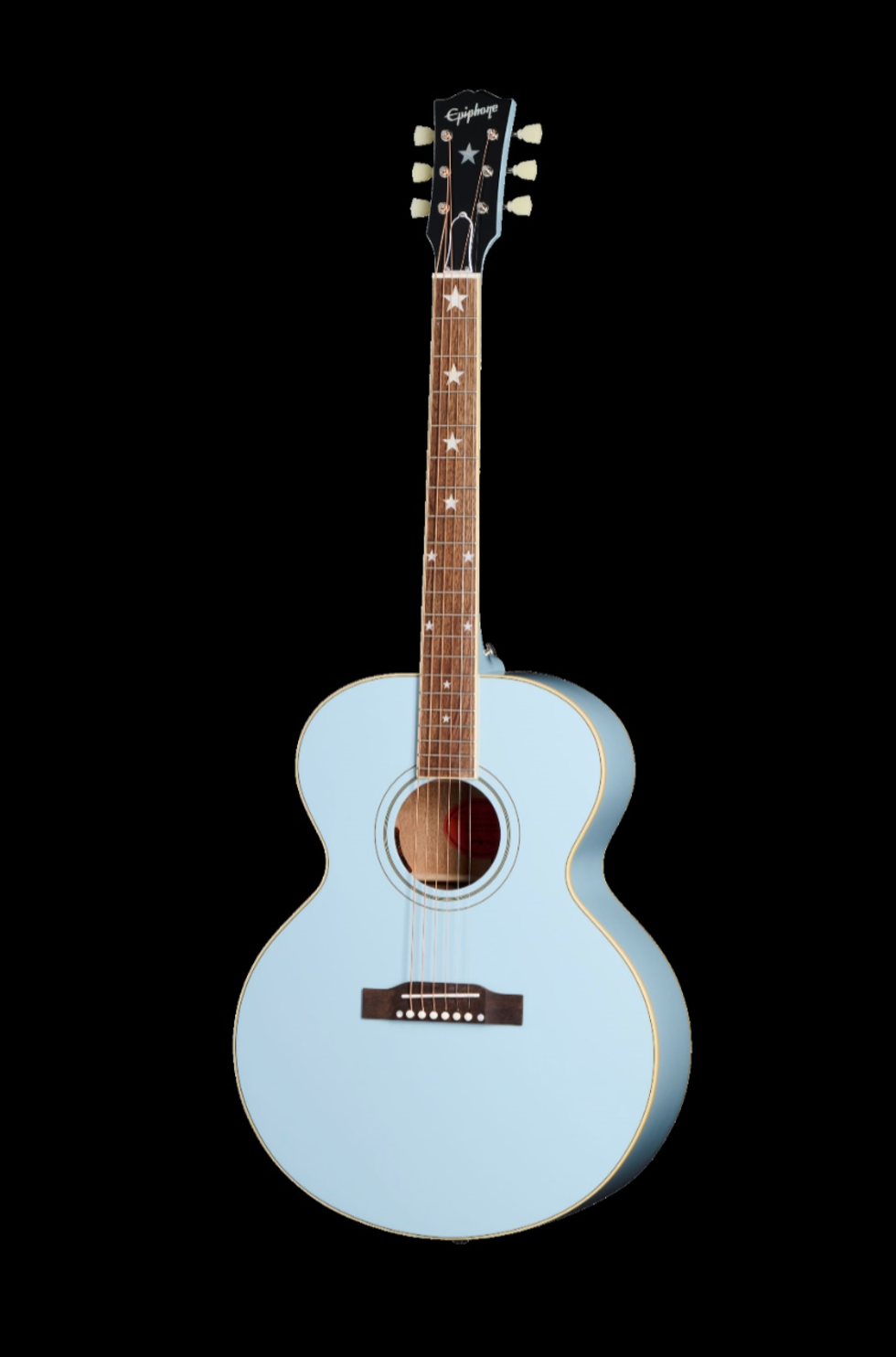
The Gibson J-180 has been the choice of rock, country, and pop royalty, including legendary artists like the Everly Brothers, Cat Stevens, Dwight Yoakam, and Billie Joe Armstrong, up to some of today’s most famous artists. In partnership with Gibson Acoustic in Bozeman, Montana, Epiphone is proud to release a new version of this player-favorite guitar. The Epiphone J-180LS is packed with premium features, including a thermally aged solid spruce top with scalloped X bracing, solid mahogany back and sides, a one-piece mahogany neck with a 25.5” scale length, C-profile, laurel fretboard, and the iconic “star” mother of pearl inlays that the model is so well known for. The compensated saddle, bridge pins, and nut are bone, and the headstock features the world-famous Gibson-style “open book” headstock shape, with the Epiphone logo and headstock star proudly displayed in mother of pearl. An Inspired by Gibson CustomDouble Diamond emblem is etched on the rear of the headstock. Available in a variety of eye-catching colors and equipped with an L.R. Baggs™ VTC under-saddle pickup and preamp system, this exceptional guitar is stage and studio-ready from the moment you take it out of the included hardshell case. The Epiphone J-180 LS is available worldwide in Ebony, Pink, and Frost Blue. Exclusive colors, available only on www.epiphone.com, include Kerry Green and Lavender.
1957 SJ-200
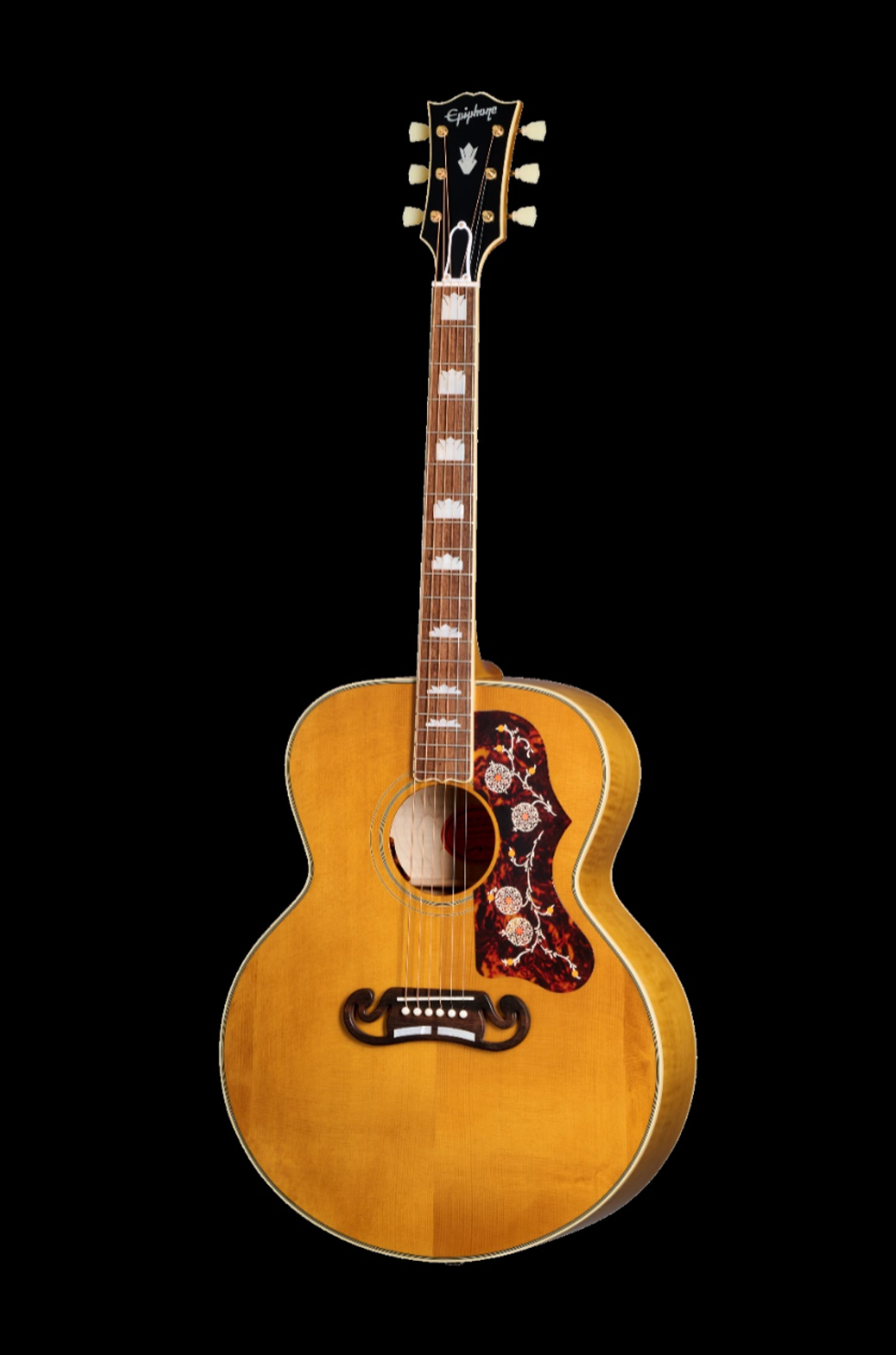
The world-famous SJ-200 is known as the “King of the Flat-Tops,” and it’s been the choice of countless legends, from singing cowboys to country, folk, and rock icons, right up to some of today’s most popular artists. Now Epiphone, in partnership with Gibson Acoustic in Bozeman, Montana, is proud to release the 1957 SJ-200. This impressive guitar features a thermally aged solid Sitka spruce top supported by scalloped X-bracing, solid figured maple back and sides, and a flame maple neck with a C-profile, laurel fretboard, and graduated crown mother of pearl inlays. The headstock has the Gibson “open book” shape, along with a mother-of-pearl crown and Epiphone logo inlays, and the Inspired by Gibson Custom double diamond logo etched into the back. The iconic J-200 open moustache bridge and engraved pickguard are also present, along with a compensated bone saddle, bone nut, and bone bridge pins. It even comes equipped with an L.R. Baggs VTC preamp and under saddle pickup, so it’s ready to rock onstage or in the studio as soon as you take it out of the included Inspired by Gibson Custom hardshell case. The Epiphone 1957 SJ-200 is available worldwide in Antique Natural and Vintage Sunburst.
1963 Les Paul SG Custom With Maestro Vibrola
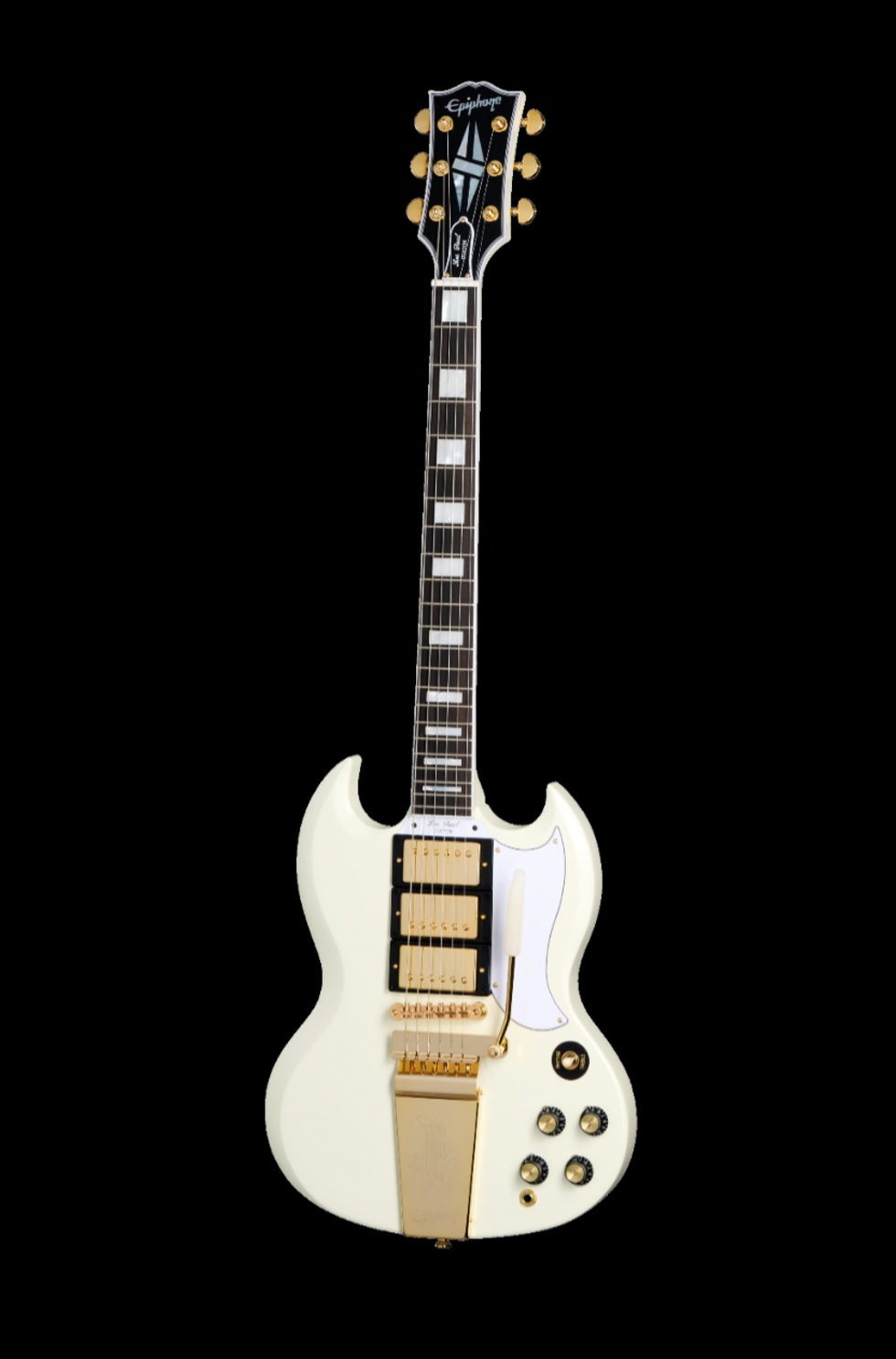
Made in collaboration with Gibson Custom, the Epiphone 1963 Les Paul SG With MaestroVibrola is a stunning recreation of the classic vintage model. 1963 was the last year that the “LesPaul” moniker was used on the SG Custom and the first year for the Maestro™ Vibrola™. The premium appointments the model is known and loved for are all present here, including a one-piece mahogany Gibson Custom LP Custom Profile neck with a long neck tenon, a SlimTaperprofile, and a bound ebony fretboard. It also features mother-of-pearl block fretboard inlays and a Custom split diamond headstock inlay on the bound Gibson-style “open book” headstock. The electronics are equally impressive, with three USA Gibson Custombucker humbucking pickups hand-wired to CTS potentiometers, Mallory capacitors, and a Switchcraft pickup selector toggle switch and output jack. The VOS (Vintage Original Sheen) Classic White finish is nicely complimented by the gold hardware, including 18:1 ratio Grover Rotomatic tuners. A black hardshell case with Inspired by Gibson Custom graphics and a goldenrod interior is also included.
1963 Firebird I
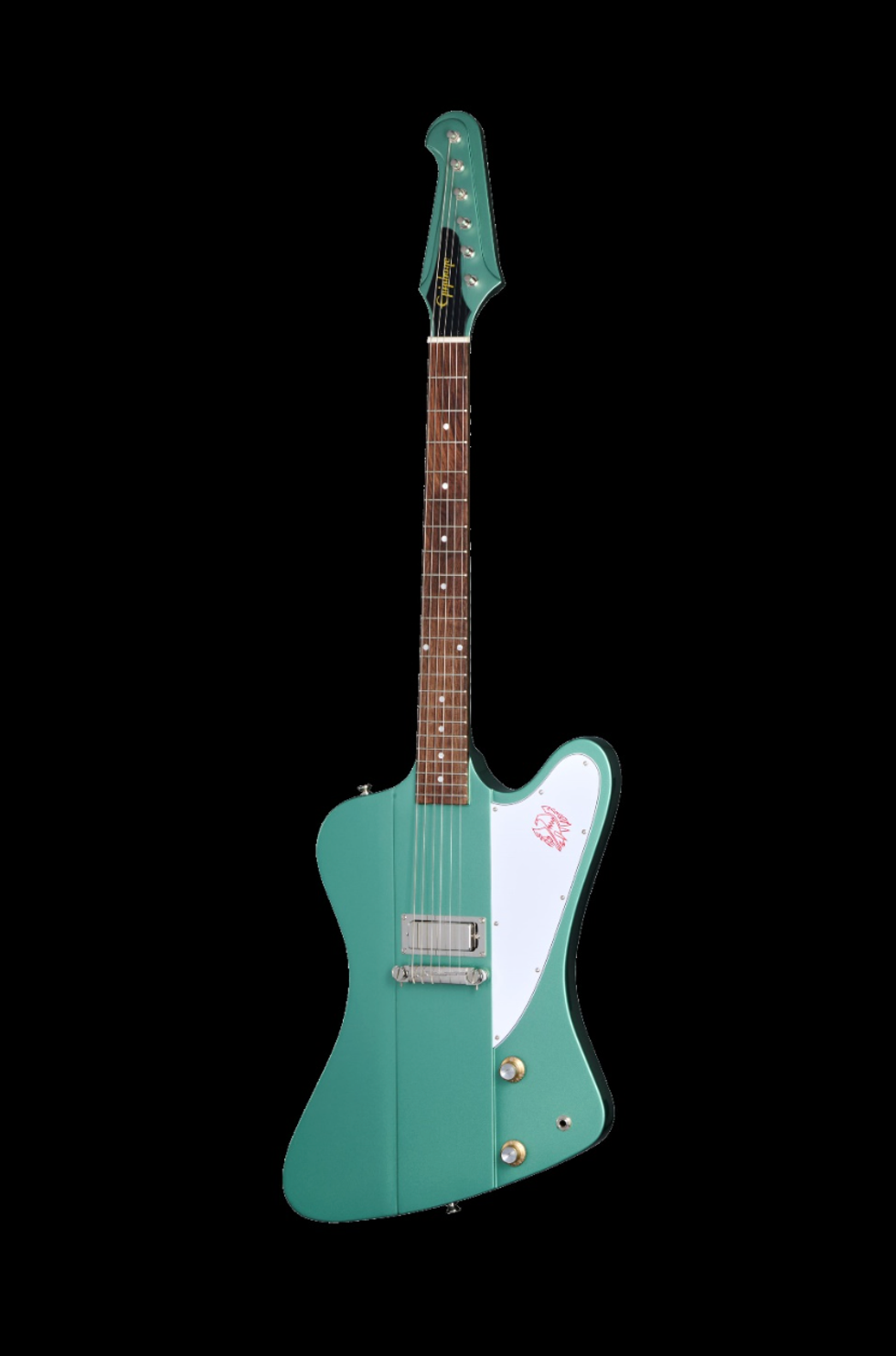
Epiphone and Gibson Custom have teamed up again to create the Inspired by Gibson Custom1963 Firebird I – an authentic replica of the guitar designed by legendary automotive designer RayDietrich. When it was launched in 1963, the Firebird was Gibson’s first neck-through-body model, and it went on to be used by players in a wide range of genres, including blues legendJohnny Winter, Keith Richards and Brian Jones of The Rolling Stones, Eric Clapton, and PhilManzanera of Roxy Music, to name a few.
The Epiphone Inspired by Gibson Custom 1963 Firebird I delivers vintage Firebirdspecifications at an accessible price, including a 9-ply neck-through-body made of mahogany and walnut with mahogany body wings to either side. Kluson® planetary geared “banjo” tuners anchor the strings at the headstock, while a Wraparound Lightning Bar bridge holds things down at the other end and ensures exceptional sustain. While in keeping with the vintage 1963 Firebird I’s stripped-down specifications, the electronics are also premium and include a Gibson USA Firebird mini humbucker™ pickup with Alnico 5 magnets, CTS potentiometers, a Mallory capacitor, and a Switchcraft 1/4” output jack, giving this remarkable recreation not only the look but the sound of a classic Firebird I. The Epiphone Firebird I is available worldwide in Silver Mist, Heather Poly, and Inverness Green, and on epiphone.com in exclusive Vintage Sunburst and Cherry finishes. An Epiphone Inspired by Gibson Custom hardshell case is also included.
1963 Firebird V
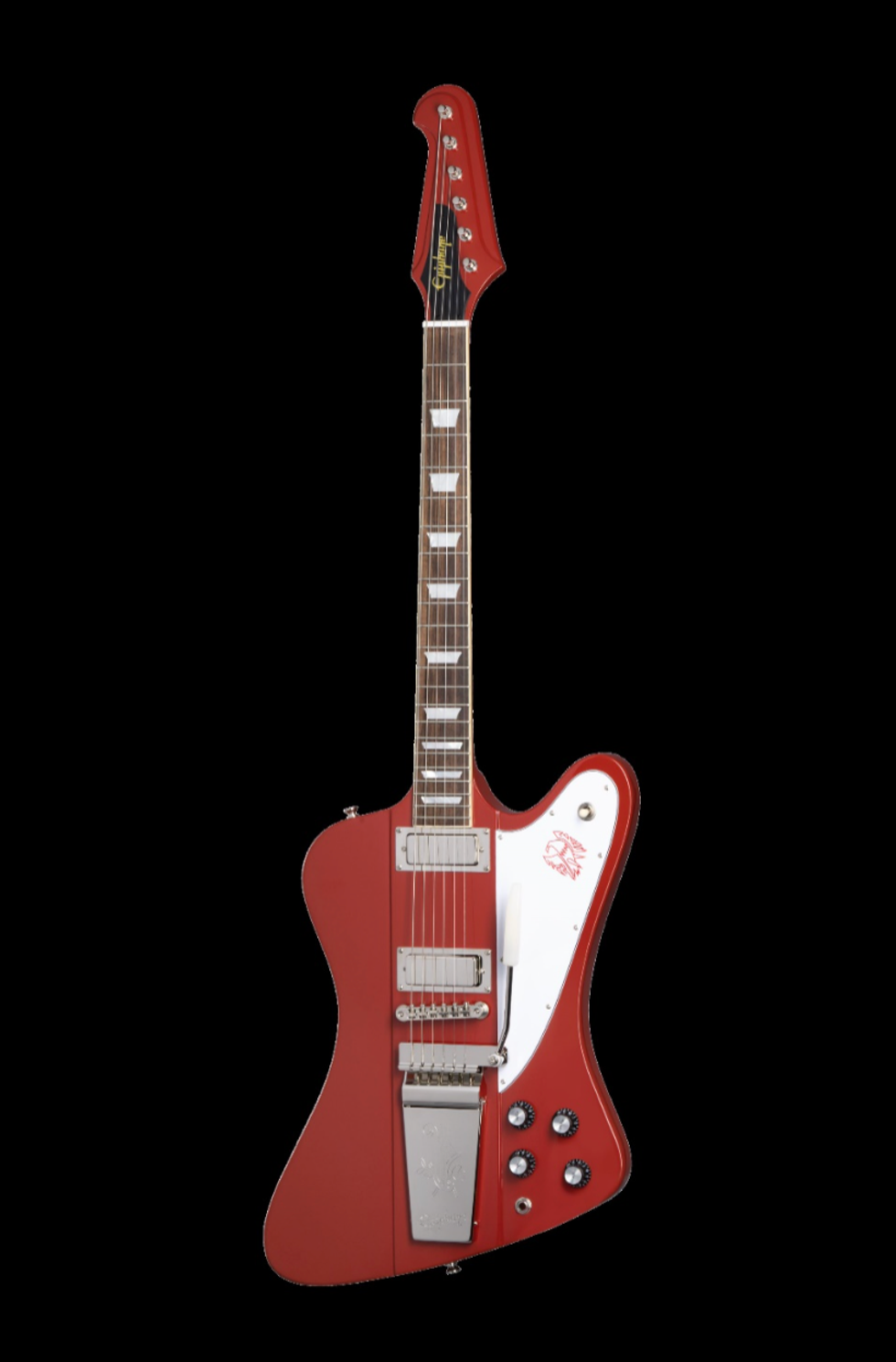
Epiphone and Gibson Custom have teamed up again to create the Inspired by Gibson Custom 1963 Firebird V – an authentic replica of the guitar designed by legendary automotive designer Ray Dietrich. When it was launched in 1963, the Firebird was Gibson’s first neck-through-body model, and it went on to be used by players in a wide range of genres, including blues legendJohnny Winter, Keith Richards and Brian Jones of The Rolling Stones, Eric Clapton, and PhilManzanera of Roxy Music, to name a few.
The Epiphone Inspired by Gibson Custom 1963 Firebird V delivers vintage Firebirdspecifications at an accessible price, including a 9-ply neck-through-body made of mahogany and walnut with mahogany body wings to either side. Kluson planetary geared “banjo” tuners anchor the strings at the headstock, while an Epiphone ABR-1 bridge and newly redesigned Maestro Vibrolawith an engraved Epiphone logo hold things down at the other end. The electronics are also premium and include Gibson USA Firebird mini-humbucker pickups with Alnico 5 magnets, CTS potentiometers, Mallory capacitors, and a Switchcraft 3-way pickup selector toggle switch and1/4” output jack, giving this remarkable recreation not only the look but also the sound of a classic Firebird V. The Epiphone 1963 Firebird V is available worldwide in Frost Blue and EmberRed, and on www.epiphone.com in exclusive Vintage Sunburst and Cherry finishes. An Epiphone Inspired by Gibson Custom hardshell case is also included.
For more information, please visit epiphone.com.


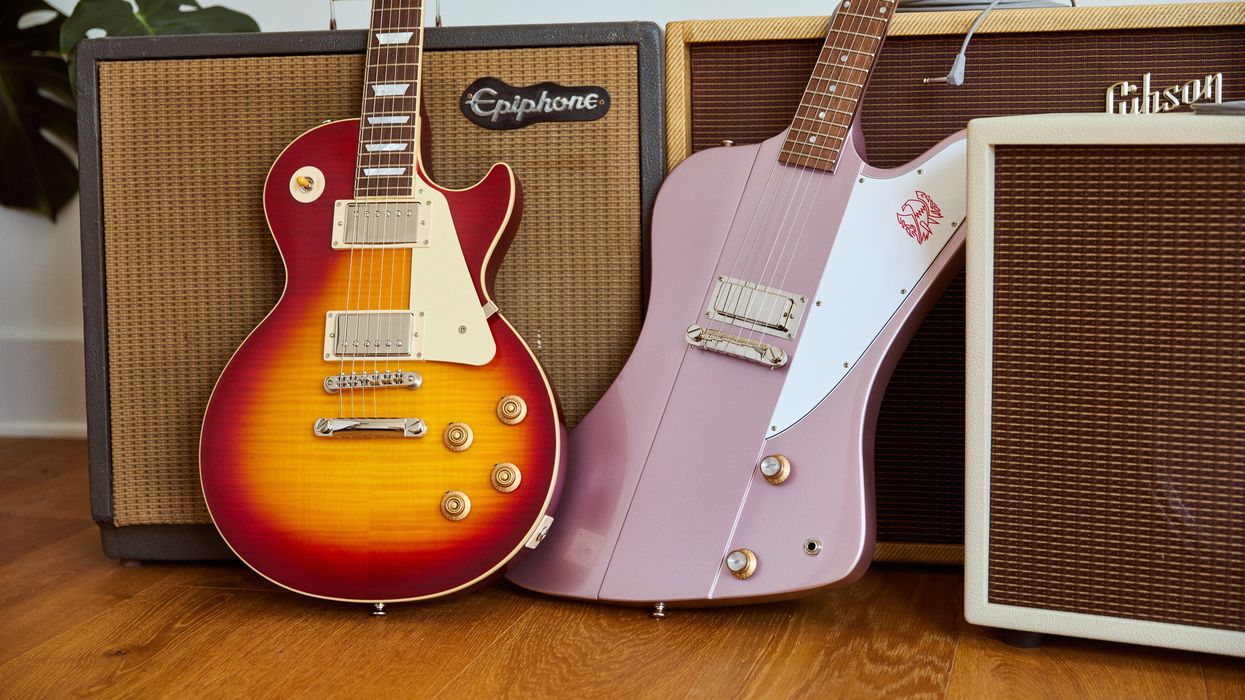
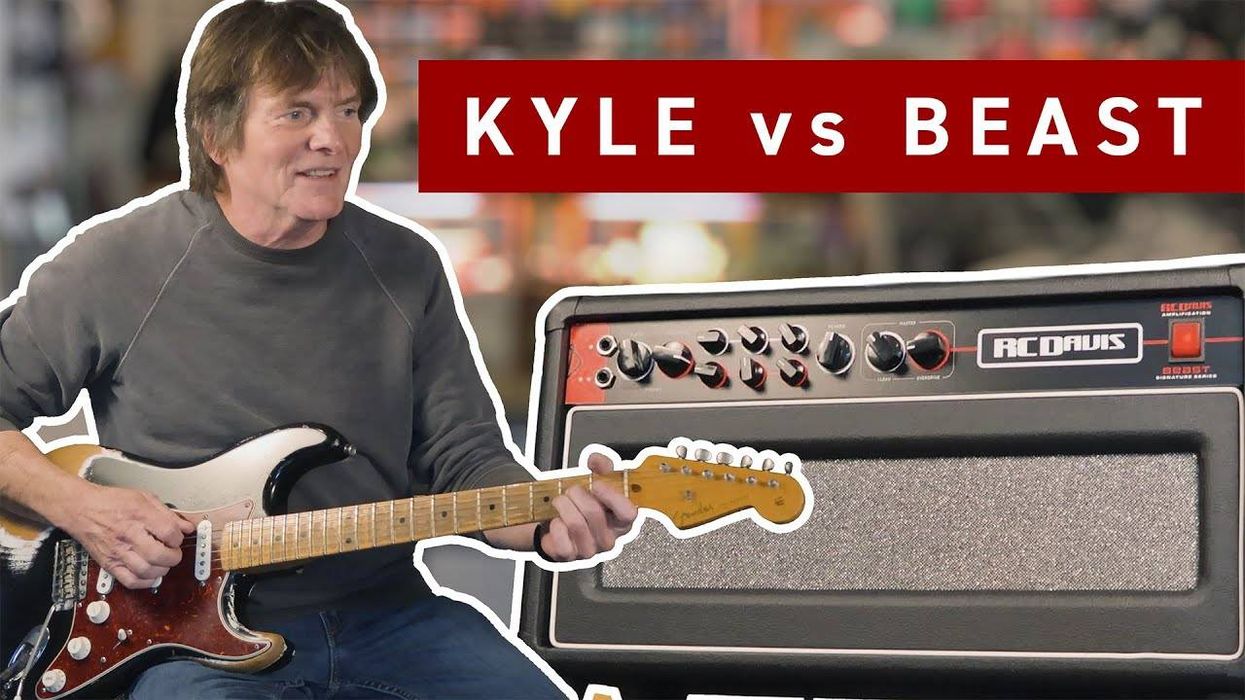
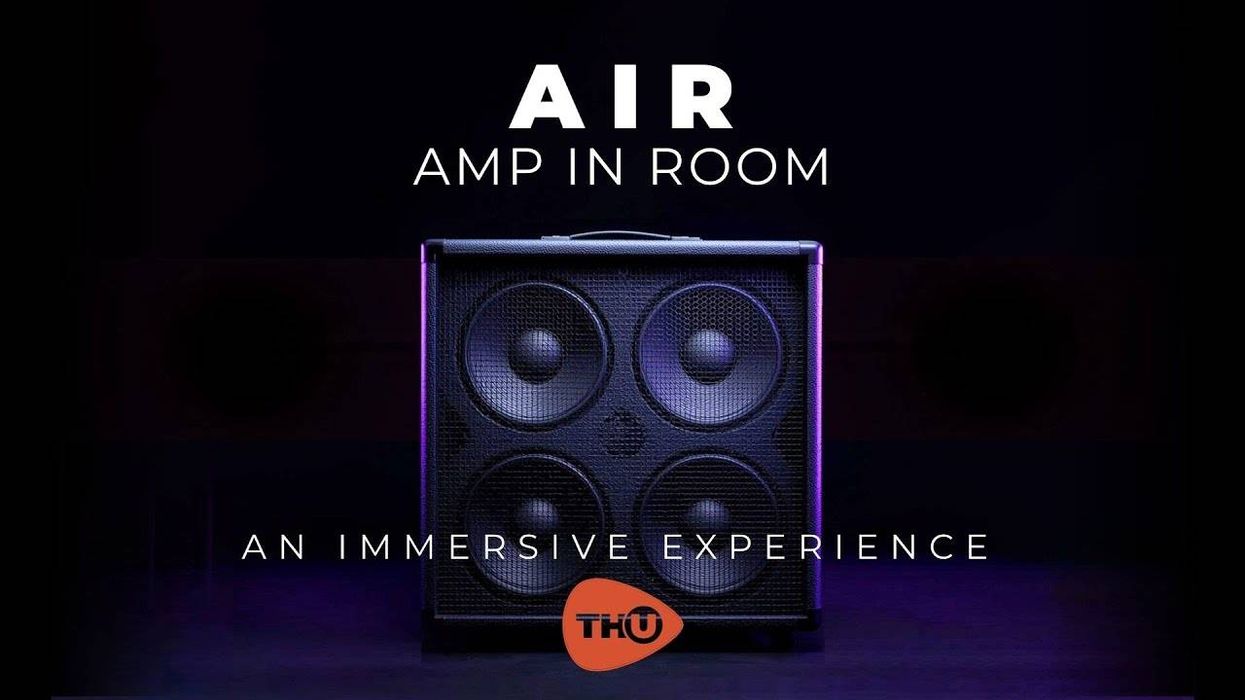
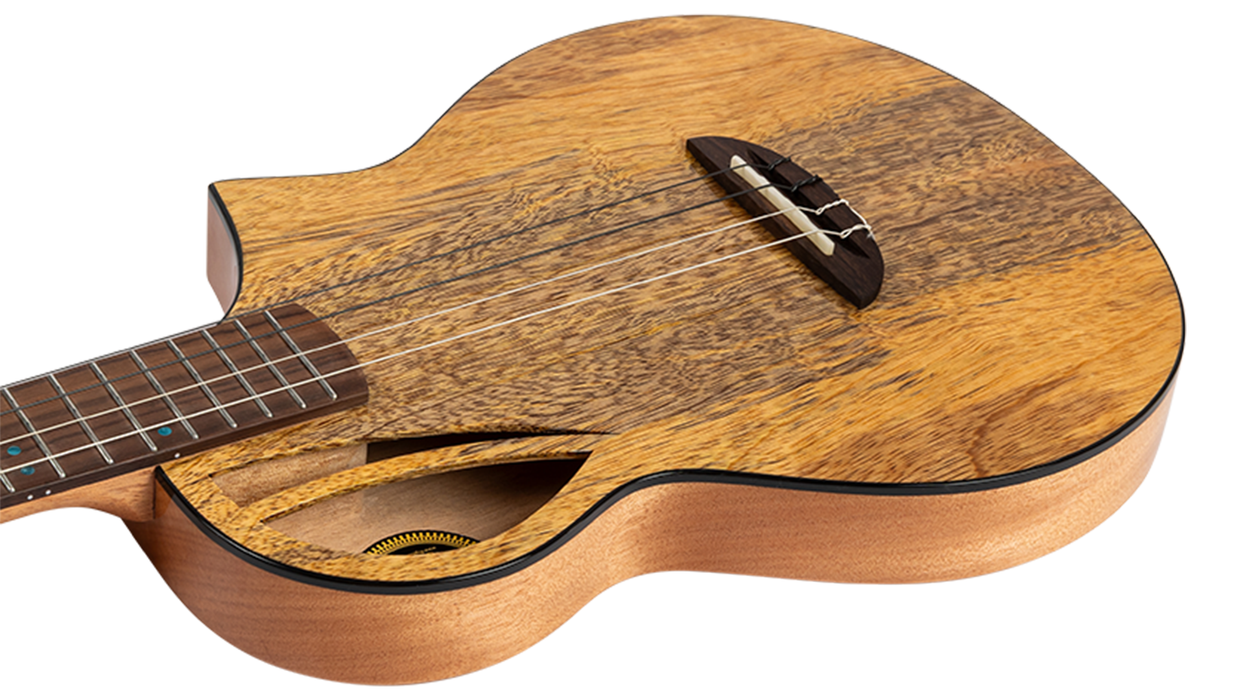
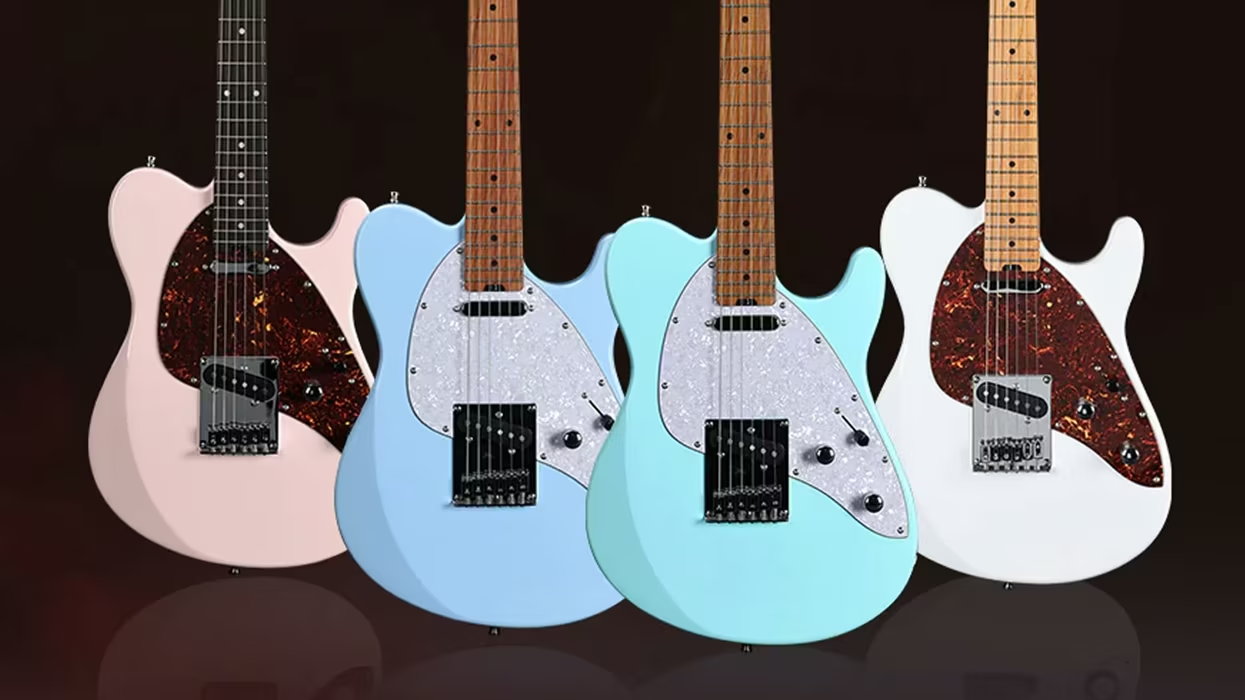
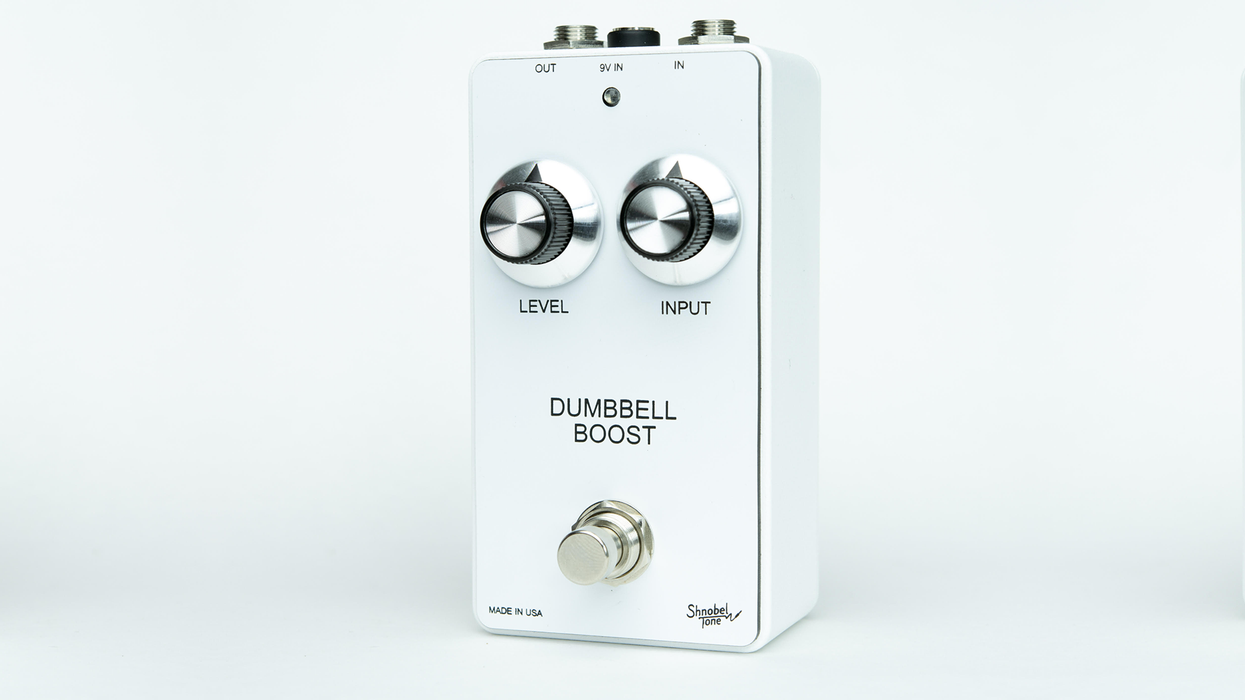
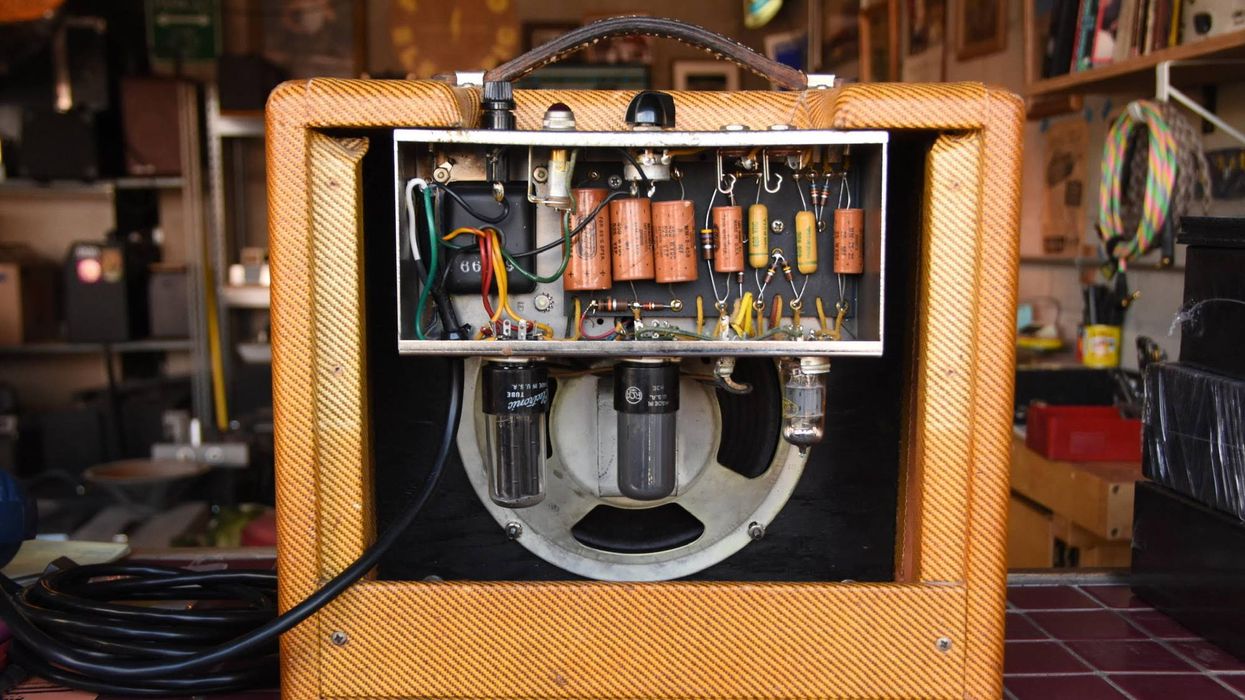

![Rig Rundown: Russian Circles’ Mike Sullivan [2025]](https://www.premierguitar.com/media-library/youtube.jpg?id=62303631&width=1245&height=700&quality=70&coordinates=0%2C0%2C0%2C0)




